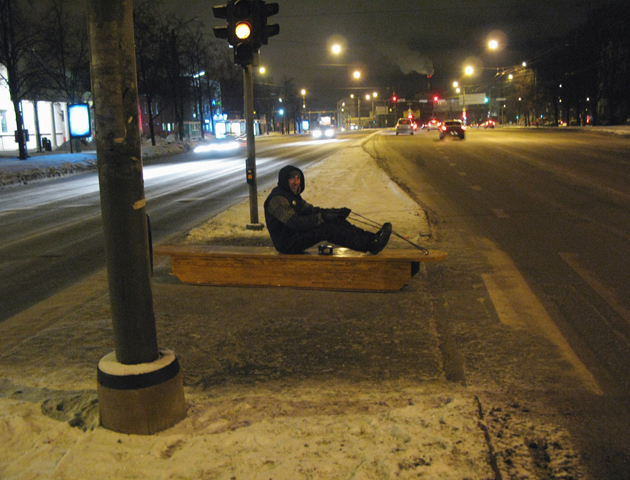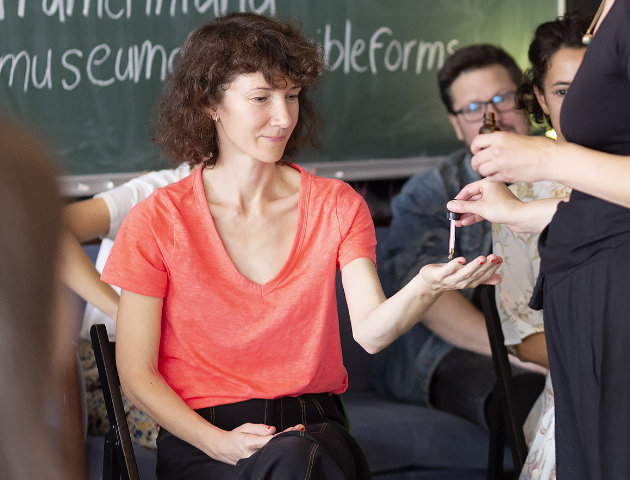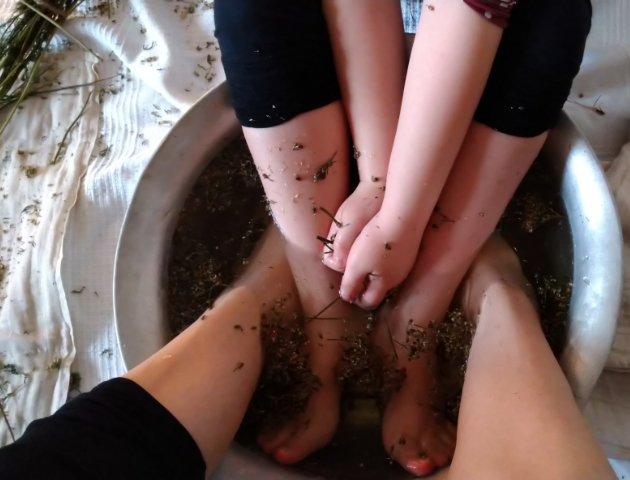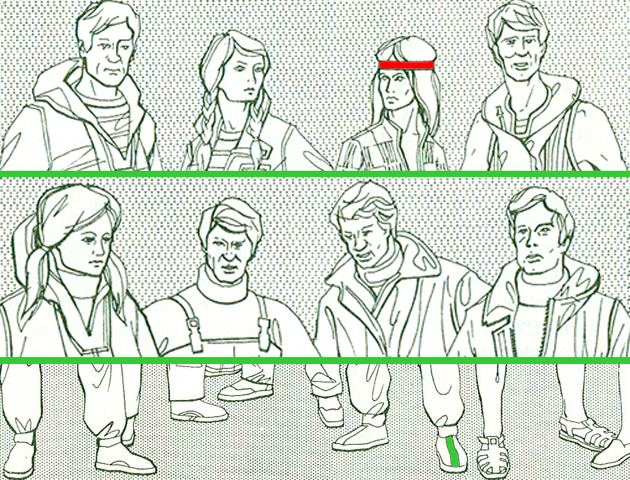[portfolio_slideshow id=37]
(Il)legal Aesthetics Workshop 16. – 20.1.2013, Ptarmigan, Tallinn, Estonia
Workshop website: http://www.migaa.eu/illegal-aesthetics/
Mari Keski-Korsu photos from the workshop at Flickr set.
Description of the workshop by organiser Mindaugas Gapsevicious: ”Explicitly embracing the educational realm, (Il)legal Aesthetics refers to activities that straddle the gap between legal and illegal. These activities will explore concepts such as law, permission and property. We will investigate responsibilities and possibilities; we will attempt to discover (il)legal forms of action and aesthetics.”
The workshop was divided into two different workshops: Introduction to p2p -networks (by M. Gapsevicious) and Benign explosion (by Lewis McGuffie and Fiona Flynn).
My interests towards the workshop from the conceptual perspective was divided into 2 questions. What are the morals, values, processes, zeitgeist, political circumstances… that lead to a certain agreements? What is the moment in one’s life that leads to take action – sometimes illegal? My other aim was to explore new ideas and possibly participants for the workshop and exhibition I’m organising the coming summer called ”CasePyhäjoki – Where art&activism meet?”
I focused my activities in the workshop more into working with my question on how we end up with certain agreements. My art practice is naturally influenced by the location I work at and I ended up working more closely in Polymeer factory in Tallinn. The old toy factory has many artists living there and it is a lively place, but during the winter very cold. I also learned from the discussion with John Fail that indoor temperature is the most talked about issues in Tallinn during winter. I have issues with coldness in my own home, too. I live with my family at the countryside for good half of every year and the challenge of keeping the house warm during the winters is never ending. I wanted to help the artists in Polymeer factory and go for firewood hunting with them. We went together with Ernest Truely and found a great amount good quality wood from trash. Out of the the wood, we built a sledge. We took it to Polymeer and on the way we met some local youngsters who also tried the sledge – it worked really well. In the end, the whole sledge will be burned. I was happy with this project, because in my opinion it reached to tackle the questions on why it is ok to throw perfectly good wood into trash and consume just more and more in the world that is running out of natural resources. In the process, we also created a beautiful piece of art that won’t be stored forever but taken into good use of warming.



